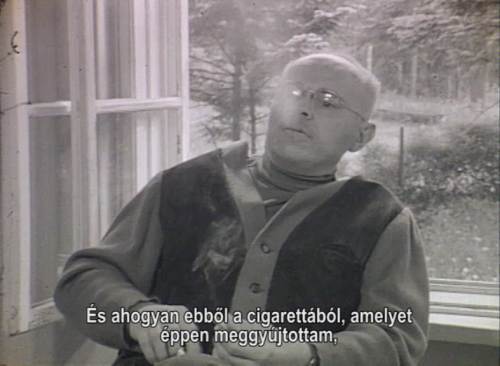Hungarian Pavilion at the 57th International Art Exhibition of La Biennale di Venezia
Gyula Várnai: Peace on Earth!
We are all concerned about what the future holds for our world. No matter to what extent we believe in the traditional values of Western society, some present-day events seem to question basic principles that were believed to be unchangeable until recently. In a world full of conflicts, world peace seems to be more and more utopian and unachievable; yet, from a historical perspective, we are, in fact, living in the most peaceful period of mankind.
Gyula Várnai’s project Peace on Earth! is based on the concept that our faith in the future is relative; its starting point is that the directions we can see now pointing forward in time are determined by the devices, knowledges, and ideologies used today. However, just as it is shown by the example of the now empty slogan used by the Socialist regime in the Cold War period, the validity of these ideas changes with time.
Through his installations, Gyula Várnai’s exhibition evokes the ideas of the futurology and the utopias of the past and confronts them with the challenges of the present. His sources are found material and visual elements, which he puts into new contexts in order to shed light on the fact that our vision of the future is the foundation of all the discourses of economics and power, no matter in which era we live in. Furthermore, his works raise the question: what role do remembering and nostalgia play in shaping the following generations’ image of the world? The lessons and emblems of the past determine the times to come, the source of the future is the past, yet, the direction of the changes is unpredictable. Though science, art, and futurology are all concerned with outlining some possibilities, the key to live the present can be to understand the differences between concept, desire, interests, and reality.
Várnai, by referring to the past and to the imagined future embedded in it, makes us realize that the movement of the changes is a matter of unpredictably emerging principles. The 21st century can bring about paradigmatic changes, technological and historical turns, still, it seems that it is just the desires uttered in the visions of the past that appear in new reincarnations.
Zsolt Petrányi, curator







